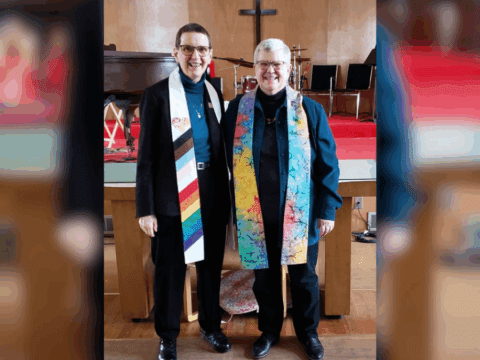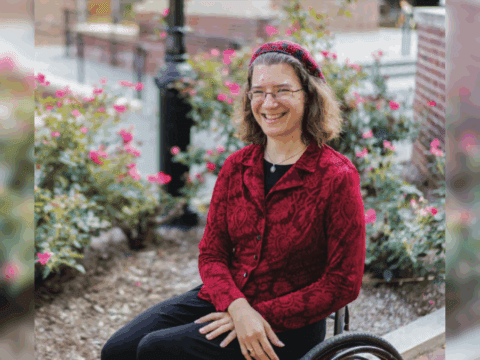Defining religion has always been hard, but trying to find a shared understanding of “spirituality” in the contemporary context drives one to despair. Hiking, gardening and watching sunsets are lovely activities, but they don’t encompass the meaning of “spiritual.” The definition becomes ever more urgent with the increasing popularity of the “spiritual but not religious” (SBNR) movement. According to a 2015 Angus Reid survey, 39 percent of Canadians consider themselves SBNR, making them the largest “faith” group in Canada.
First, and most obviously, the word “spiritual” carries a metaphysical sense. In this universe, there is material stuff — rocks and bodies — and also “higher” spiritual stuff that, whatever else it may be, is not subject to the space-time restrictions of matter.
Second, I hear a moral resonance when some people talk about being spiritual. They aspire to live a non materialistic, eco-friendly, non-hedonistic life.
Yet another side of spirituality is expressed mainly as a rejection of institutional preoccupations. Churches, for example, are seen to be more concerned with paying the bills than with the inner growth of individuals. For some, spirituality means turning away from institutions and toward self-exploration, transcendent experience and communities of love.
Perhaps the most widely held understanding of “spiritual” is “meaning.” Spiritual persons are those who are working out a meaning for their lives, one that draws them toward a love that connects and calls them beyond the small and the flat, the trivial, the selfish.
Why now? The definitions above hint at some of the reasons the SBNR movement is gaining ground today, but is there a historical explanation as well?
Throughout history, we can perceive a pattern of turning away from the formalism and aridity of institutional religion toward a buoyant and enlivening religion of emotion. Among Hindus, the disciplines of physical austerity and meditation were enriched by joyous songs, dancing and drumming in devotion to personal deities like Lord Krishna. Islam was tending toward doctrinal scholasticism until countered by the Sufis, who sought an emotional and mystical union with God. Within Christianity, the charismatic movement emphasizes emotional sources of faith, particularly the experience of “being filled” by the Spirit.
It may seem preposterous to compare the SBNR movement to the great history-altering traditions of emotional experience. Nevertheless, there may be some persistent patterns of religious experience that aid our understanding of the SBNR.
The sought-after feelings need not be giddy, ebullient ones. They may be inward sentiments of beyondness, of connection with transcendent presence.
As I reflected upon the SBNR movement, I flipped the phrase around to read “religious but not spiritual,” to see if it was a better fit for my own more historical and sociological world view. “RBNS” does go some distance toward preserving the human experience of participating in traditions that convey a way of seeing and a way of life. And yet, that title risks overlooking the presence of the emotional.
How about “religious and spiritual”?
This story originally appeared in the October 2017 issue of The Observer as part of the “Conundrums” series.















